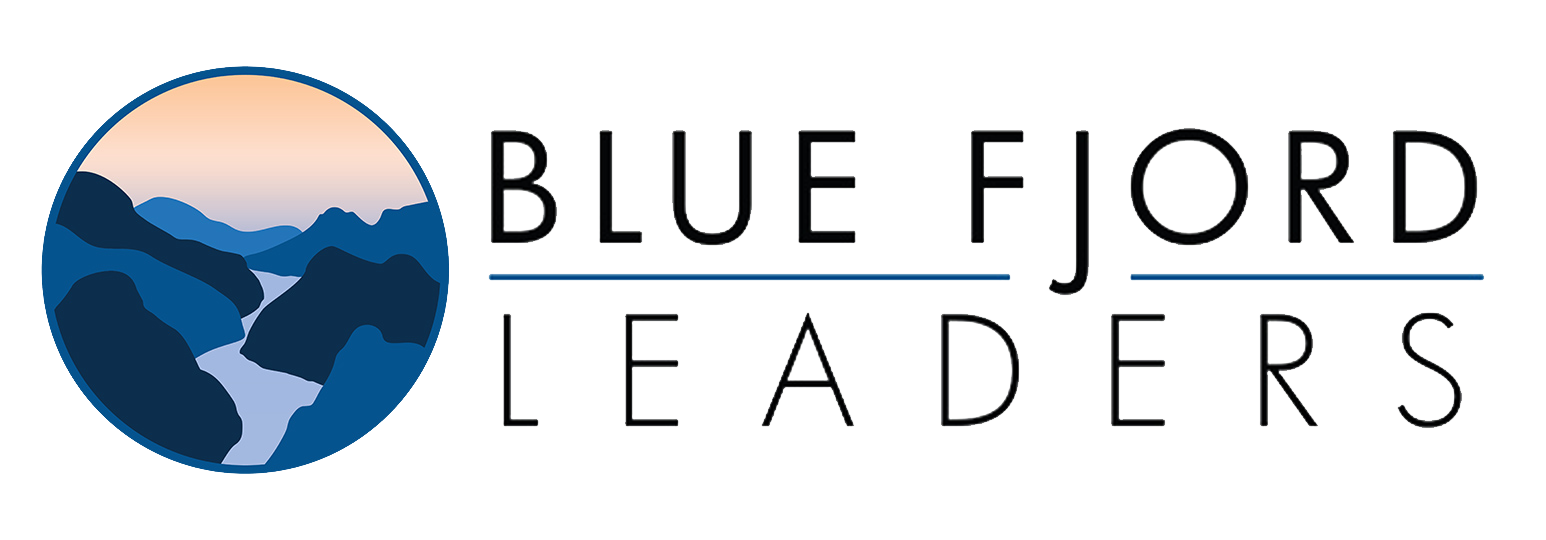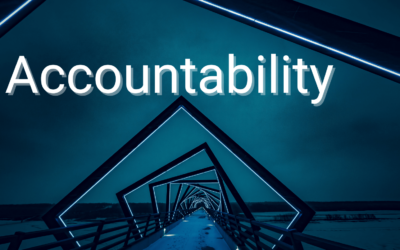
Lately, there’s been a common thread that runs through conversations with clients and colleagues. Maybe you’ve noticed it, too. We start the call by asking, “How’s it going?” Inevitably the response is a variation of “it’s so busy,” “I’m so busy,” “we can’t keep up,” or “the work never stops.” Sound familiar? Of course, the last few years have been topsy-turvy, but the level of activity seems to have amped up. For some of us, we wear our busyness as a badge of honor as though it is an indicator of value. It’s not. The result? I’m hearing stressed and tired people who struggle to keep work and life going in a world still riddled with ever-changing demands and approaches to work. How can you manage your energy in a way that provides some breathing room? Try these four easy tips to be more aware of your energy and use that awareness to create some breathing room during a busy day:
- Recognize your energy drains and fillers: You start the day with energy in your tank. Throughout the day you constantly fill up or drain away that energy. Energy fillers make you overflow with vim, vigor, and vitality. Energy drains are activities, people, or situations that sap your strength. Energy drains may cause you to procrastinate and mutter, “This just takes all my energy.” What activities fill or drain your energy? Notice how you react to each item on this list:
- Read a book
- Listen to music
- Go dancing
- Host a party
- Attend a large networking event
- Go for a run
- Do yoga
- Meet friends at a lively bar for drinks
- Meet your best friend at a quiet restaurant
- Participate in a large conference
- Speak before a group
- Facilitate a small group discussion
- Brainstorm new ideas with co-workers
- Participate in a heated debate As you read the list, notice the subtle shift in how you feel. You may notice that your breath slows with the energy fillers and your brain emits a tiny “yikes!” with the energy drains. What activities drain and fill your energy? You need to know.
- Know your energy profile: We all have a time of day when we’re at our best. For many people, it’s in the morning. But not for everyone. I’m a morning person and I do my best work in the morning…in the quiet. On the other hand, I have a friend who writes and creates all night long and I have to remember not to call her before 11 am! When are you at your peak performance? What time of day does your energy peak – morning, afternoon, or evening?
- Coordinate your energy and your day: Use the insights from the first two items to plan your day with energy in mind. Activities that require deep thinking and focus are best planned when your energy level is high. Write the report, hold budget negotiations, and do strategic planning when your energy is high. Take on tough decisions that need high moral considerations when your brain energy is at its peak. And don’t have that high-emotion talk with your problem employee when your energy is low (the same is true for having “The Talk” with your partner). Bad idea. Very bad idea. As your energy wanes, can you add in an activity that is an energy filler? Research shows that a 10 to 40-minute walk outside increases executive control functioning. Sometimes there’s nothing to be done but accept that you’re in a low-energy period. For those times, plan administrative tasks that require little thought, or are repetitive.
- Balance the Big Picture: Even when you are adept at balancing daily energy, there is the week, month, and year to consider. This is my failing. I put ten pounds in a five-pound bag because there are so many activities jammed into every week and every month. To get around this, scan your monthly calendar. Are you slotting in time (and holding that slot!) for activities that are energy fillers? When working from home, it’s easier for work to invade your personal time from inside your computer or inside your head. Try combining activities in creative ways. For example, I was stuck on a big project and couldn’t get my brain to untangle the next steps. Instead of forcing myself to sit there, I took a bike ride. During the ride, my head cleared, and I had a breakthrough for the project. Advances in neuroscience show that your brain keeps working on a problem even when you are at the park, in a museum, listening to music, or baking cookies for the school fund-raiser. In fact, this downtime is some of the most creative for your brain. Do you need to take a few pounds out of your bag to bring more energy fillers into the week, month, and year?
It’s easy to complain about having too much to do. It’s harder to commit to change. Be aware of your energy profile and your energy drains and fillers. Try to balance each day, week, month, and year. These tips will help you make the commitment to always keep energy in your tank!





0 Comments